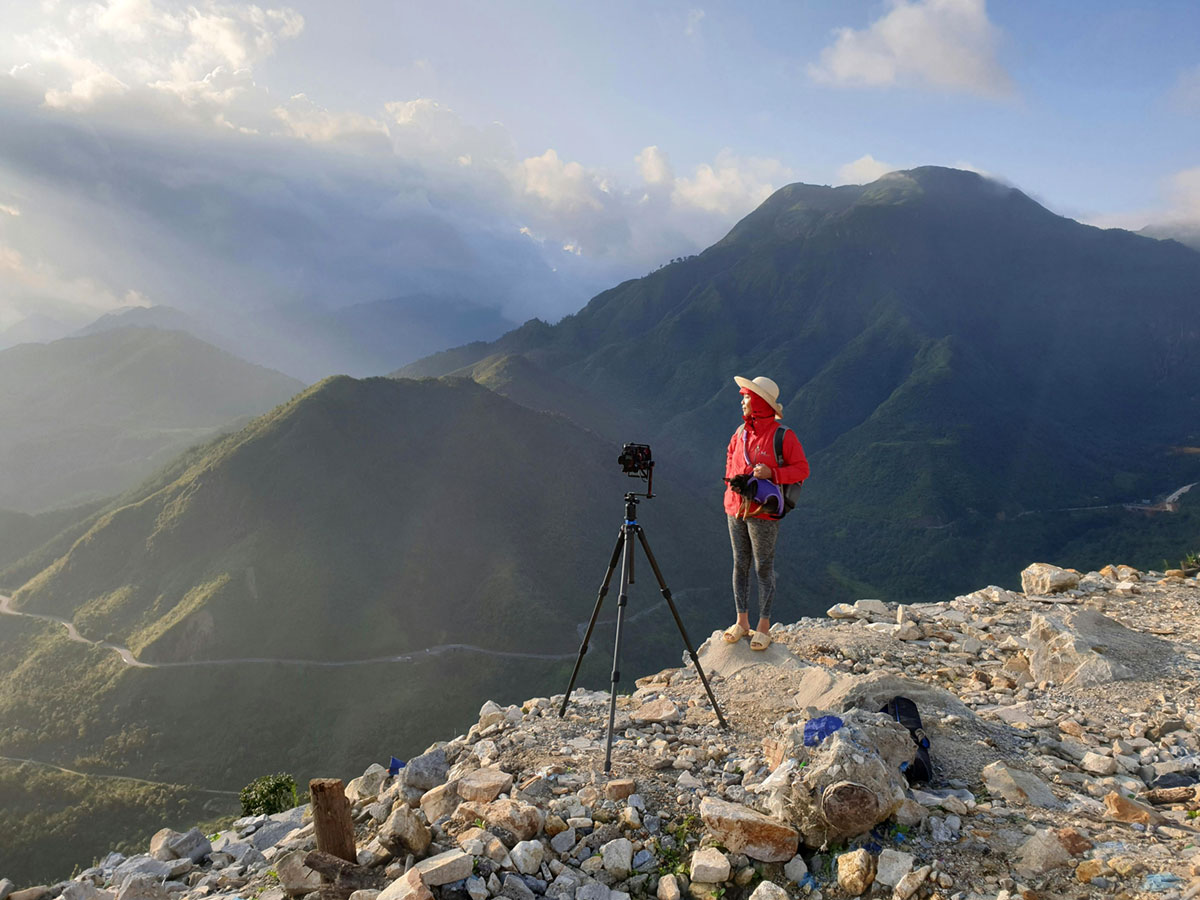Alright, fellow outdoor photographers, let’s talk about a piece of gear that doesn’t always get the spotlight but is absolutely essential when you’re out in the field capturing wildlife or stunning landscapes—a quality tripod. Now, I know what you’re thinking: “Tripods are bulky, they slow me down, and can’t I just handhold my shots?” But trust me, when it comes to serious photography, especially when you’re chasing that perfect light or waiting for a majestic animal to make its appearance, a sturdy tripod can be the game-changer you never knew you needed.
Stability for Sharp Shots
First off, let’s cover the basics: stability. Out in the wild, conditions aren’t always ideal. You’ve got uneven terrain, low light, wind, and sometimes, you’re just tired from hiking to that perfect spot. A tripod keeps your camera steady, ensuring you get tack-sharp shots, especially when you’re working with long lenses. Wildlife photography often demands long focal lengths to bring distant subjects up close, and even the slightest hand movement can result in a blurry image. With a tripod, you eliminate that variable, so when that eagle finally spreads its wings or the deer pauses in a patch of sunlight, you’re ready to nail that crisp, clear shot.
Mastering Low-Light Conditions
Let’s talk about light. We all know that the best light often happens early in the morning or late in the afternoon—“the golden hours.” But during these times, you’re also dealing with less light overall. While cranking up your ISO can compensate, it can also introduce noise, which is not ideal when you’re aiming for the best quality image. A quality tripod allows you to use slower shutter speeds without the risk of camera shake, keeping your ISO low and your images clean and sharp. This is especially useful when you want that soft, creamy bokeh for wildlife portraits or to capture the movement of water in a serene landscape.
Framing the Perfect Composition
One of the often-overlooked benefits of a tripod is how it forces you to slow down and truly consider your composition. When you’re handholding, there’s a tendency to rush the shot, but with a tripod, you’re more deliberate. You’ll find yourself paying more attention to the framing, the foreground, the background, and the way elements line up within your shot. For landscapes, this is crucial. A tripod allows you to set up and explore different compositions without changing your perspective too much. You can adjust your framing by moving slightly to the left or right or adjusting the height—small changes that can make a huge difference in the final image.
Tackling Long Exposure Shots
Now, for those of you who like to get creative with long exposures—whether it’s capturing the silky smooth flow of a waterfall, the star trails on a clear night, or the ethereal mist rising off a morning lake—a tripod is non-negotiable. You simply can’t hold your camera steady for seconds, let alone minutes. A quality tripod lets you experiment with longer shutter speeds to create those dynamic, dreamy effects that add a whole new dimension to your wildlife and landscape photos.
Managing Heavy Gear
If you’re serious about wildlife photography, you probably have some heavy-duty gear—a robust camera body and a hefty telephoto lens. Handholding this setup for extended periods is not only challenging but also tiring. A tripod not only saves your arms and back but also allows you to leave your camera set up in the perfect position while you wait for wildlife to enter the frame. This is particularly helpful for photographing shy or fast-moving animals. With a tripod, your camera is ready to shoot, and all you need to do is focus on pressing the shutter at the right moment.
Precision with Pan and Tilt Movements
Quality tripods come with fluid heads that allow for smooth panning and tilting. This is a huge benefit when tracking moving animals. If you’ve ever tried to track a bird in flight or a fox on the run, you know how tricky it can be to keep your movements smooth and steady. A good tripod head makes it possible to follow the action fluidly without jerky movements or losing your frame.
It’s About Reducing Fatigue and Increasing Focus
Think of a tripod as an extra set of hands. When you’re not worried about holding the camera, you can use that extra mental bandwidth to focus on observing animal behavior, scanning the horizon for interesting light, or simply being patient and waiting for the right moment. You’re not just more physically comfortable; you’re more mentally focused.
Versatility in Challenging Terrains
When you’re out in nature, the ground is rarely flat and even. A good tripod with adjustable legs and feet that can grip uneven terrain—like rocks, slopes, or muddy ground—becomes invaluable. Whether you’re setting up on a rocky outcrop to shoot a sweeping valley below or crouching in tall grass for that perfect low-angle shot of a grazing deer, a quality tripod adapts to the situation.
Don’t Forget the Portability Factor
Now, I get it—a lot of you are thinking about the bulk and weight. But these days, there are tripods made from carbon fiber that are both sturdy and lightweight. Sure, it’s another piece of gear to carry, but the benefits far outweigh the inconvenience. A lightweight yet durable tripod means you’re more likely to bring it along on those longer hikes, ensuring you’re always prepared to capture that perfect shot.
Conclusion: Elevate Your Photography
In the end, a quality tripod is about taking your wildlife and landscape photography to the next level. It’s about getting those sharp, well-composed shots that truly stand out, mastering challenging lighting conditions, and being prepared for whatever the wild throws at you. It’s about reducing fatigue, focusing more on the craft, and embracing creativity with long exposures or unique perspectives. So, if you’re serious about your photography, invest in a good tripod. It might just become your best friend out there in the field.


